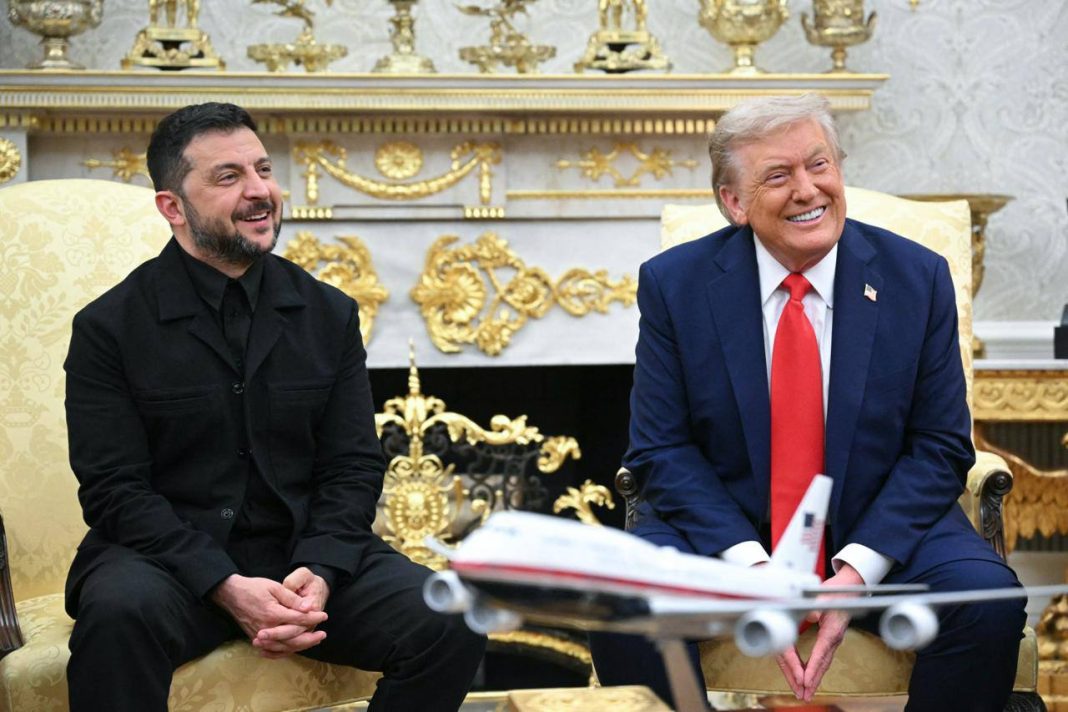In a significant development shaping the postwar landscape for Ukraine, U.S. President Donald Trump indicated that while American troops will not be deployed on Ukrainian soil, the United States stands ready to provide air support as part of a broader peace agreement. This marks a pivotal shift in U.S. engagement, reinforcing European-led efforts to secure Ukraine’s future.
During an interview with Fox & Friends, President Trump firmly ruled out sending U.S. ground troops to Ukraine. Instead, he stated that American contributions might come “especially, probably … by air,” signifying a strategic focus on airspace defense, surveillance, or potentially even no-fly-zone enforcement.
White House Press Secretary Karoline Leavitt confirmed that “U.S. air support was ‘an option and a possibility,’” although she deliberately avoided specifying the exact nature of that support.
At a high-profile White House summit on August 18, President Trump met with Ukrainian President Volodymyr Zelenskyy and top European leaders to discuss the conflict’s resolution. U.S. participation in future security guarantees—particularly in the skies—emerged as a key takeaway.
European leaders largely welcomed the U.S. offer, emphasizing its importance in building a security framework capable of enforcing a lasting peace.
Keir Starmer and Ursula von der Leyen, among others, underscored the need for meaningful, workable guarantees, including airborne protection to deter future aggression without committing U.S. ground forces.
Air support could entail deploying missile-defense assets, surveillance aircraft, or enforcing controlled airspace—tools essential for preventing renewed hostilities in any peace scenario.




